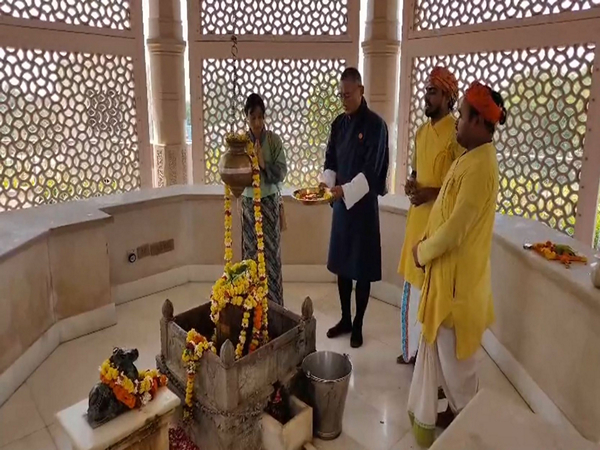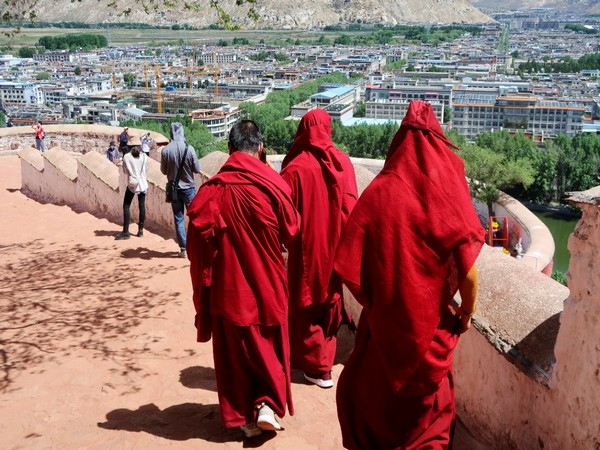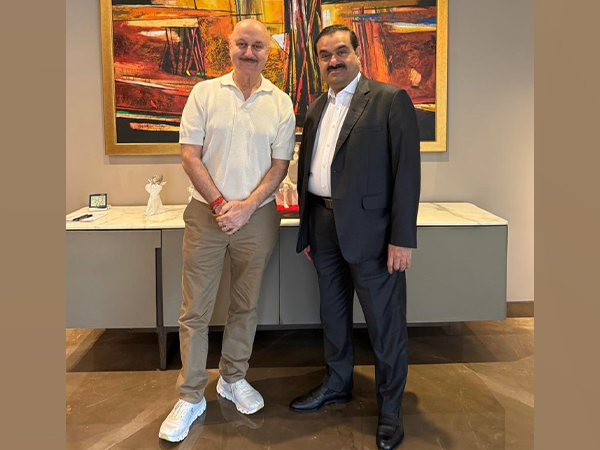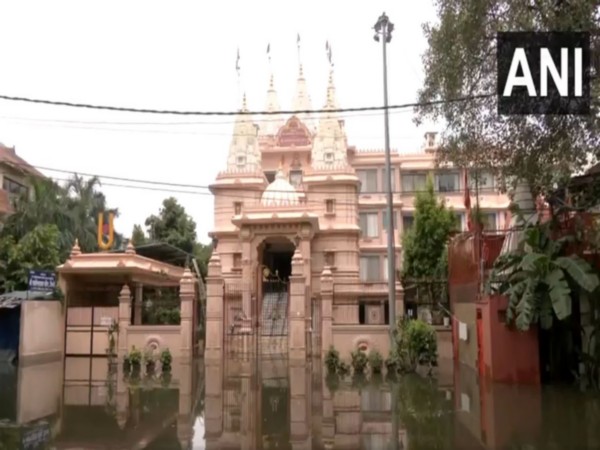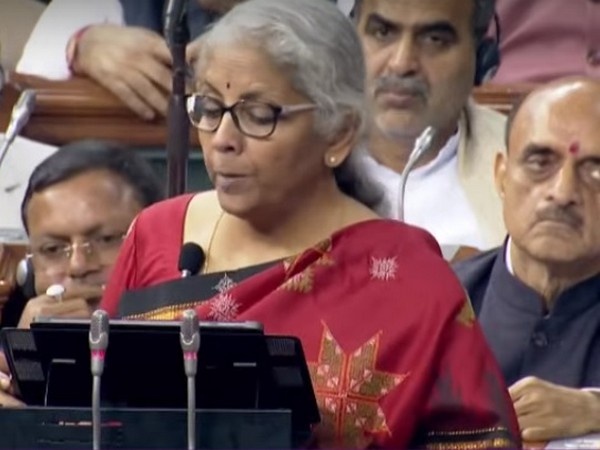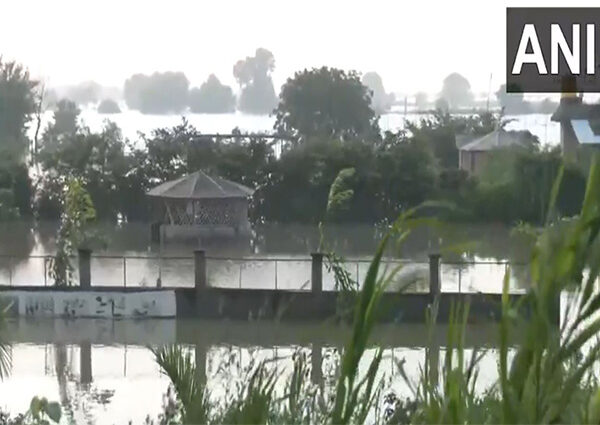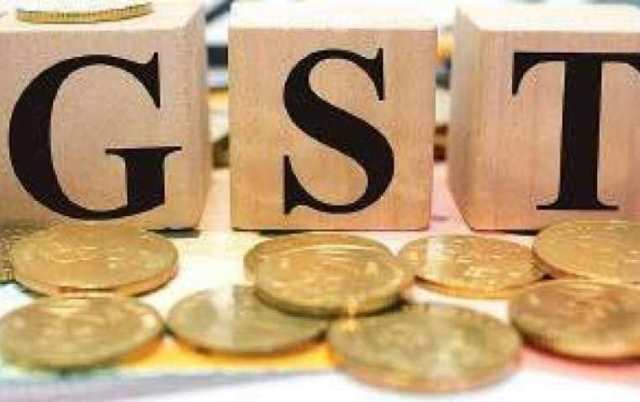Bhutan Prime Minister Tshering Tobgay and his spouse Aum Tashi Doma on Friday visited the Shri Ram Janmbhoomi Temple in Ayodhya.
During their visit, the Bhutanese dignitaries offered prayers at the temple and took part in rituals. They also inspected the temple premises.
Their engagements in Ayodhya followed their arrival earlier in the morning, when they were received at the airport by Uttar Pradesh minister Surya Pratap Shahi, who welcomed them on behalf of the state government.
The visit comes as part of Tobgay’s ongoing India tour, which underscores the close cultural and spiritual ties between India and Bhutan.
His spiritual engagements in Ayodhya are also aligned with the broader themes of his visit, where he has highlighted the enduring value of ancient learning and shared traditions.
Earlier, while addressing an event streamed live on Nalanda University’s YouTube channel, Tobgay emphasised that the “Nalanda spirit,” rooted in the ancient centre of learning in Bihar, must continue to thrive, while assuring that Bhutan will play its part in spreading and nurturing it.
Speaking at the event, Tobgay said, “I would like to thank the government of India for continuing the tradition of Nalanda Mahavira and continuing to spread the Nalanda spirit. And, in that spirit, for giving Bhutan the opportunity to build a temple in Rajgir.”
He further expressed his appreciation, adding, “Thank you for giving us the opportunity to visit this historic city, Rajgir.” Elaborating on the role of the institution, the Bhutanese Prime Minister stated, “Today, you have the Nalanda University continuing to carry on the Nalanda spirit…. Learn and grow in oneness with Nalanda. The Nalanda spirit must grow and we in Bhutan will do our part to propagate, to nurture this spirit.”
During an interaction with the audience, Tobgay was asked about Bhutan’s ties with Nalanda. In response, he said, “A lot is happening between Bhutan and Nalanda, especially when we have a temple now.”
Reflecting further on the connection, he added, “Nalanda is not just a university of the past — it is a timeless beacon of peace, unity and spirituality that continues to inspire the world. As only Vajrayana Buddhist kingdom, Bhutan deeply cherishes Nalanda’s role in shaping our spiritual and cultural traditions. Our future collaborations with Nalanda will be an extension of this historic bond.”
According to the Ministry of External Affairs (MEA), Prime Minister Tshering Tobgay, along with his spouse Aum Tashi Doma, will be on an official visit to India from September 3 to 6. (ANI)
